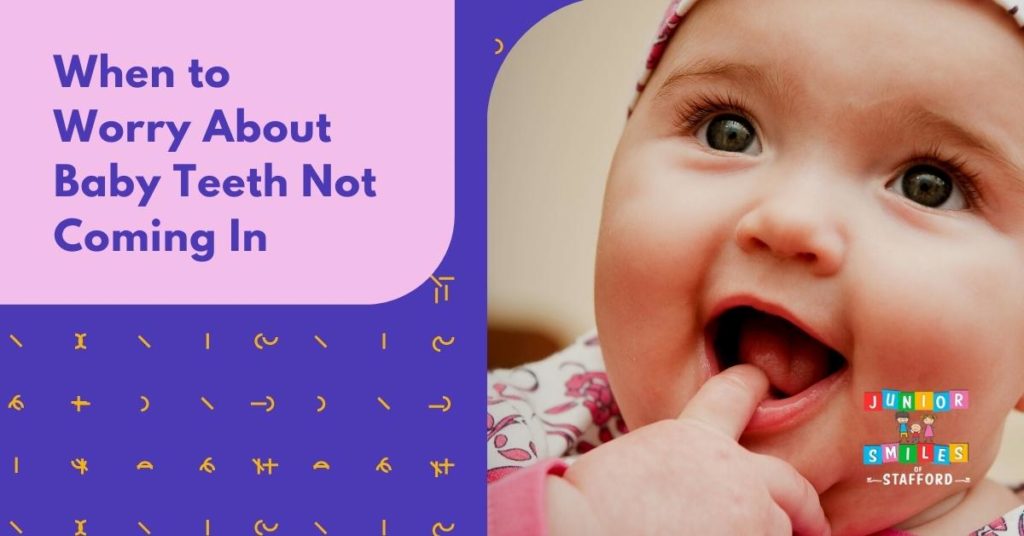Understanding Toddler Gums Bleeding: Causes, Symptoms, and Treatment

As parents, we want to ensure that our kids remain safe and comfortable. However, there are instances where we will encounter health issues, such as bleeding gums. This blog post will explore the issue’s causes, symptoms, and therapies that are currently accessible to baby bleeding gums. To make sure your toddler has good dental health and general wellness, it’s important to know what causes gum bleeding in toddlers.
What Causes Toddler Gums Bleeding
Parents and caregivers may find the problem of gum bleeding in toddlers to be disturbing. If you’re not taking care of your baby’s gums, you won’t detect the problem.
Gingivitis and Poor Oral Hygiene
Gum disease, or gingivitis, is a common reason why toddlers’ gums bleed. Gingivitis happens when plaque and bacteria build up on your mouth and result in infection. A lack of proper dental care, especially insufficient brushing and flossing, is also a common cause of gingivitis. Treating gum infection in babies is essential to avoid the severity of gingivitis.
Trauma and Accidental Injuries
Another common cause of gum bleeding in toddlers is accidental trauma to the mouth or gums. Toddlers are known for their curiosity and can be prone to accidents while exploring their environment. Tripping or bumping with their face first may significantly impact their mouth.
Teething
Babies’ teeth erupt from their gums during the normal developmental process known as teething. As their teeth erupt, the pressure and friction can cause some toddlers’ gums to bleed.
Medical Conditions and Medications
To some extent, gum bleeding in children might be brought on by pre-existing medical issues or certain medications. Gum tissue may be more prone to bleeding in people with blood coagulation issues or who take specific drugs.
Recognizing the Symptoms of Toddler Gum Bleeding
As a parent, it is crucial to quickly detect the symptoms of gum bleeding in toddlers in order to manage the problem properly. This is especially true since this can be a serious issue. Here are some symptoms you should keep an eye on:
Visible Blood on Toothbrush or Towel
If your toddler is experiencing gum bleeding, you might notice that there is blood when he or she brushes their teeth or uses a towel to wipe their lips. Consistent streaks of crimson or pink on their toothbrush or towel indicate that they are bleeding gums.
Swollen, Red, or Inflamed Gums
Gums that are in good health should be firm and pale pink in color. Inflammation, redness, or swelling of your toddler’s gums could indicate gum bleeding or another problem.
Bleeding While Eating or Playing
Gum bleeding that happens while eating or playing is another common sign in toddlers with gum disease. Their hands, food, or toys might look red after these things.
Bad Breath (Halitosis)
Gum bleeding and unpleasant breath, medically known as halitosis, can occur together in rare instances. Your toddler may be experiencing gum problems if you detect an offensive odor when they breathe.
Treatment for Gum Bleeding in Children
The good news is that there are a number of effective treatments that can address and fix the painful issue of gum bleeding in children.
Improved Oral Hygiene Practices
Getting kids to start and stick to regular dental hygiene routines is one of the first lines of defense against gum bleeding. Gum bleeding from gingivitis or plaque accumulation is preventable if you teach your child proper dental hygiene.
Professional Dental Care
If a child’s gum bleeding is more severe or does not improve after they practice better oral hygiene at home, it may be time to see a dentist. A comprehensive evaluation of the disease and focused therapies are guaranteed by this treatment approach.
Preventing Toddler Gums Bleeding
To protect your child’s teeth and gums as they grow, it’s important to stop them from bleeding when they’re toddlers. It is possible to lessen the likelihood of gum problems and establish excellent oral hygiene practices at a young age by being proactive.
Establish a Consistent Oral Hygiene Routine
Establishing a regular oral hygiene practice is one of the best strategies to stop gum bleeding in toddlers. This program can be started as soon as your child’s first tooth comes in and can be adjusted as they grow.
Promote a Healthy Diet
Preventing gum disorders is greatly aided by maintaining a balanced diet. Cut back on sugary foods and drinks; they aggravate gum disease and tooth damage. In their place, try to convince your kid to consume more dairy products, fruits, and vegetables—all of which are good for their teeth and gums.
Protect Against Gum Injuries
Make sure your child doesn’t hurt their mouth by using cutlery and toys that aren’t suitable for their age. Keep an eye on your child while they play, particularly if they are venturing into unfamiliar areas. You should also cut tough or pointy foods into smaller, more manageable pieces.
Avoid Tobacco Smoke Exposure
Gum disease and bleeding are both exacerbated by prolonged exposure to tobacco smoke. You should take all necessary measures to protect your child from secondhand smoke, as it can harm their oral health and general well being.
Lead by Example
Little ones pick up a lot of knowledge just by watching the adults in their lives. Keep your own teeth and gums clean and healthy to provide a good example for them. Show your child the value of good oral hygiene by brushing and flossing your teeth together.
Ensure Your Baby’s Oral Health with Junior Smiles
Understanding the causes, symptoms, and treatments for toddler gum bleeding is crucial for every parent and caregiver. By being vigilant about your child’s oral health, you can catch and address issues early, ensuring their smile remains bright and healthy. Remember, prevention is key, and instilling good oral hygiene habits from a young age sets the foundation for a lifetime of dental well-being.
Discover the expert care and compassionate approach at Junior Smiles of Stafford, the leading pediatric clinic in Stafford, VA. Our dedicated team specializes in providing top-notch dental care tailored to children’s unique needs.

